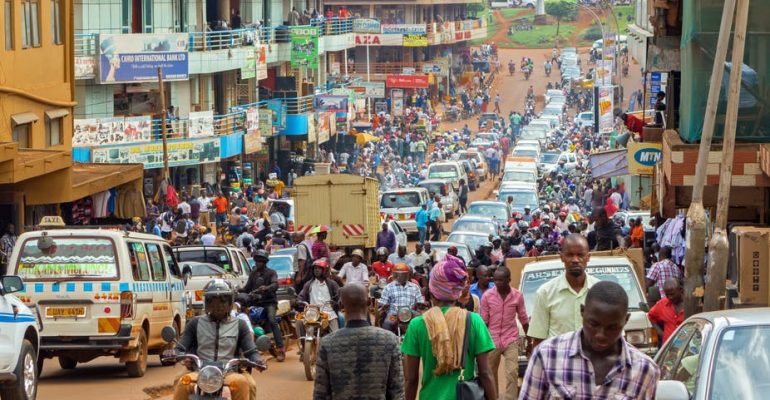2.3 billion people will live in Africa by 2050. The problems of African megalopolises… investments for
effective and sustainable urban development are urgently needed.
Recently 8 billion human beings have been registered on our planet and it is estimated that the world
population will reach 9.8 billion in 2050 – and there will be more plastic in the oceans than fishes in
weight. Africa will play a fundamental role due to the demographic explosion: by 2050, 57% of global
population growth will affect sub-Saharan Africa, which will come to contain approximately 2.3 billion
people and climate crises, through their impact on agricultural and migrations, will play a fundamental
role in these processes.
In the face of the demographic explosion Africa will not have to face a problem of spaces but of
sustainable urban planning. Although concentrated urbanization creates opportunities, it also
generates social problems related to traffic, waste, water, hygiene and energy distribution. If the
changes in the economy do not go hand in hand with rapid and organized urbanization, the result is a
widespread and chaotic urban expansion with the marginalization of suburbs characterized by a very
low-quality life.
As an example, the Greater Kampala Metropolitan Area suffers from past and present
mismanagement with poor planning and policy dissonance. This is because of its corruption history
and overlaps between the city authority and surrounding local government districts. The City of
Kampala itself is managed by the Kampala Capital City Authority – a kind of municipality – the
surrounding districts instead, are managed by the Ministry of Local Government. This leads to bribery
practices and challenges in planning, financing and service delivery coordination, particularly when it
comes to mass transport and waste management. About half of the 4 million people- in 2050 will be
10 million – living in what makes up the GKMA live and work in the city’s core. The other half
commute, with very high inefficient mass transport systems – 99% privately owned -into the centre
and return home at night. These commuting systems and patterns mean that public transport has to
also be coordinated across administrative boundaries with endless queues and long hours on the
roads.
In Africa metropolises and urbanization are linked to a thorny problem of concrete. Although the
production of cementitious materials in most industrialized countries is in decline, the need for cement
in emerging economies is expected to increase. Currently, the production of concrete is responsible
for about 8% of the total anthropogenic carbon production and is one of the most environmentally
impacting sources of emissions. In Africa, there is a concrete ecological and landscape disaster.
Concrete is not just used for pillars, foundations or plasters, but 90% of the bricks themselves. An
enormous impact that, in addition to damaging the landscape and the environment, conceals a large
turnover that shows no signs of slowing down with a not secondary the problem of costs. The average
price of cement in Africa is 186% higher than the world average. For a 50 kg bag, more than 5 euros
are needed but the figures can increase significantly depending on the distance from urban centers,
the condition of the roads or the safety of the region.

